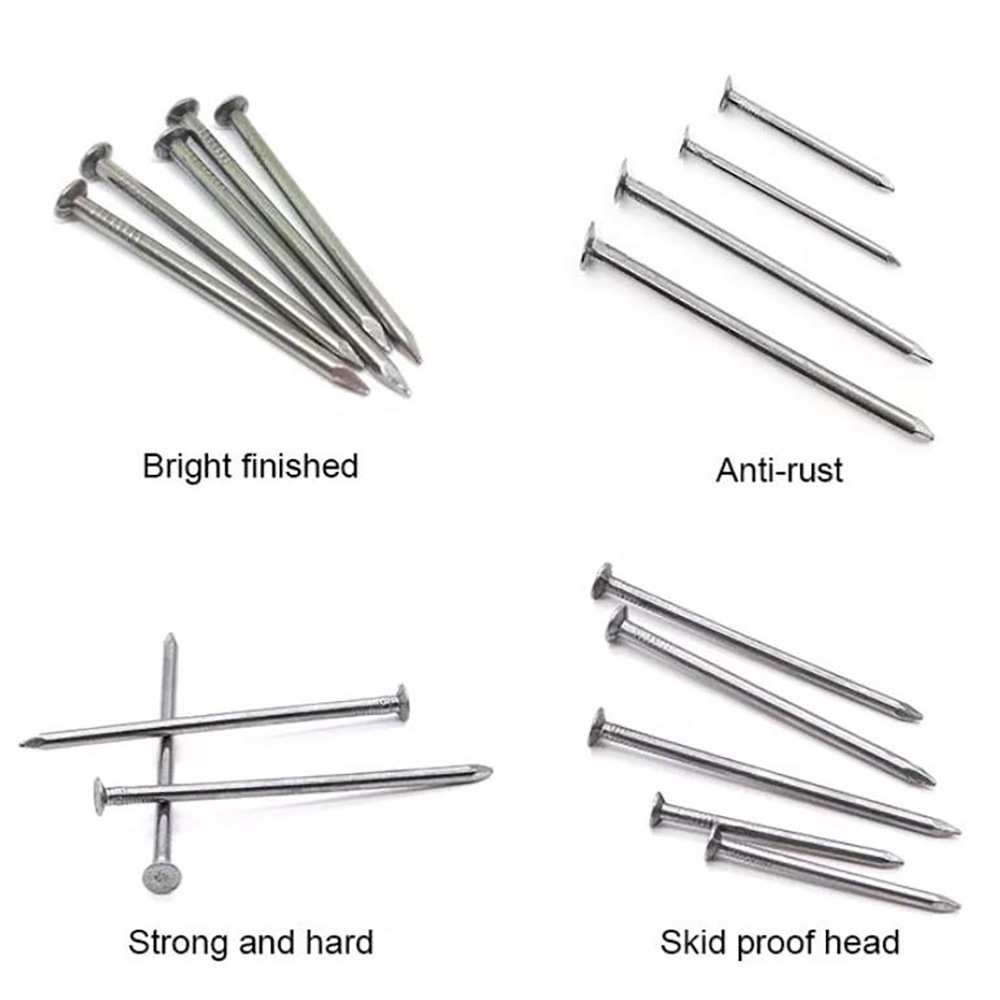high tensile barbed wire installation
High Tensile Barbed Wire Installation A Comprehensive Guide
High tensile barbed wire is a popular choice for fencing, providing secure boundaries for agricultural lands, properties, and livestock. One of the primary benefits of high tensile barbed wire is its strength and durability, making it highly effective in deterring intruders and keeping livestock safe. Proper installation is crucial to maximizing its effectiveness and longevity. This article outlines the essential steps and considerations for installing high tensile barbed wire.
Materials and Tools Required
Before starting the installation process, it’s essential to gather the necessary materials and tools. For high tensile barbed wire fencing, you will need
- High tensile barbed wire, usually available in rolls - Fence posts (wood, metal, or concrete) - Post caps - Wire tensioners or strainers - Insulators (if you are installing an electric fence) - Tools such as a fence stretcher, pliers, wire cutters, and a hammer
Planning Your Fence Line
The first step in the installation process is planning your fence line. Identify the boundaries of the area you want to enclose. Use stakes and string to mark the corners and straight sections of the fence. Pay attention to the slope of the land, as this will affect the tension and height of the barbed wire. Always check local regulations and zoning laws to ensure compliance with fencing requirements.
Installing Fence Posts
Once you have the fence line mapped out, it’s time to install the fence posts
. The recommended spacing for high tensile barbed wire posts is between 10 to 12 feet apart, although this may vary based on the landscape and purpose of the fence. Begin by digging holes for the posts, ensuring they are deep enough for stability, usually about one-third of the post height.high tensile barbed wire installation

When placing the posts, make sure they are vertically aligned and securely packed with dirt or concrete to minimize movement. For added stability, consider using corner posts with more robust construction, as these will bear the most tension.
Stringing the Barbed Wire
After the posts are installed, it’s time to string the high tensile barbed wire. Start at one corner post and securely attach the wire using a tensioner. As you unwind the wire, maintain even tension and prevent sagging by pulling it tight as you go. It’s important to wear gloves during this process to protect your hands from the sharp barbs.
Thread the wire through each post, making sure to use insulators if you are setting up an electric fence. This will help prevent shorts and ensure the fence functions effectively. Depending on your needs, usually two to five strands of wire are recommended, spaced evenly apart.
Tensioning the Wire
Once all strands are in place, the next step is to tension the wire. This is a critical process as high tensile wire needs to be tightly strung to be effective. Use the wire tensioners to pull the wire taut and eliminate any slack. Once the desired tension is achieved, securely fasten the wire at each post.
Final Checks and Maintenance
Finally, conduct a thorough inspection of the entire fence line. Check for any signs of looseness or potential hazards, such as overhanging branches. Regular maintenance and inspections are essential to ensure the integrity of the fencing. Tightening loose wires and checking for damages will help maintain a durable and secure barrier.
In conclusion, installing high tensile barbed wire requires careful planning, proper materials, and attention to detail. By following these guidelines, you can create a robust and effective fencing solution that offers peace of mind and security for your property and livestock.
-
Innovations in Razor Barbed Wire Design TechnologyNewsAug.11,2025
-
Roofing Nail Compatibility with Different Metal Roof TypesNewsAug.11,2025
-
Welded Wire Mesh for Rockfall Protection BarriersNewsAug.11,2025
-
Galvanized Wire Corrosion Resistance TestingNewsAug.11,2025
-
3D Fence Solutions Preventing Bird CollisionsNewsAug.11,2025
-
Using Chain Link Fence for Urban Garden SupportNewsAug.11,2025




